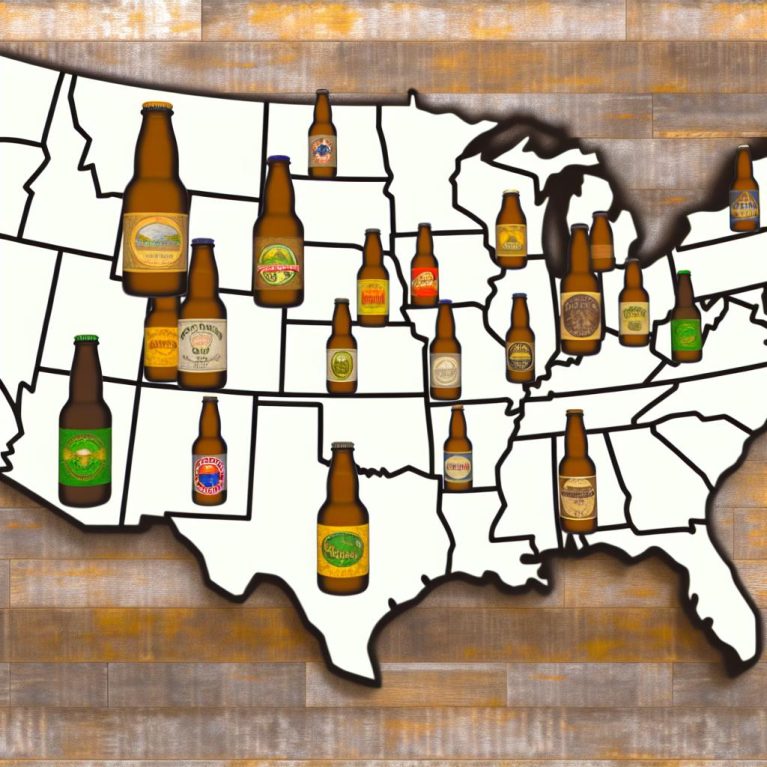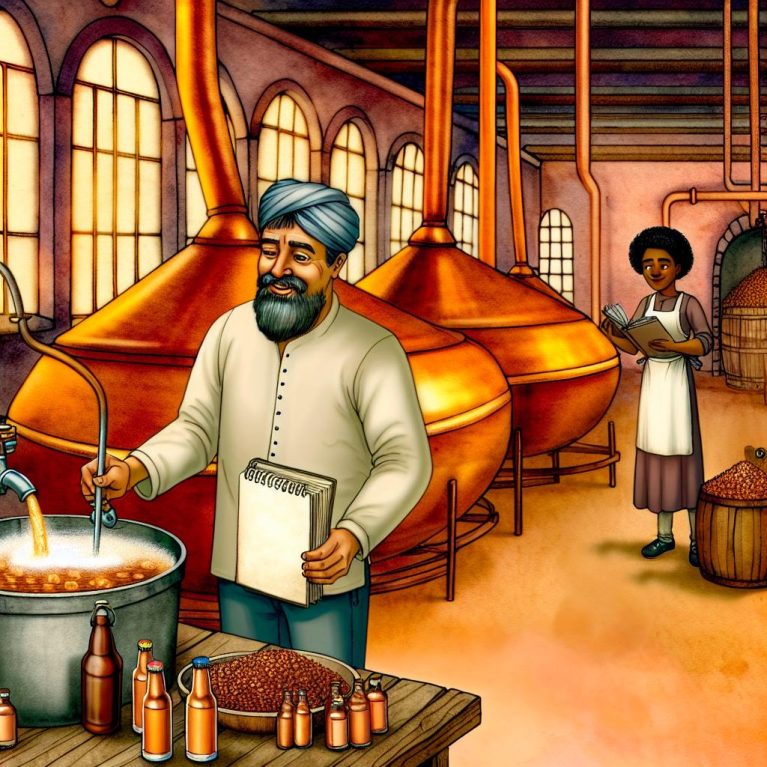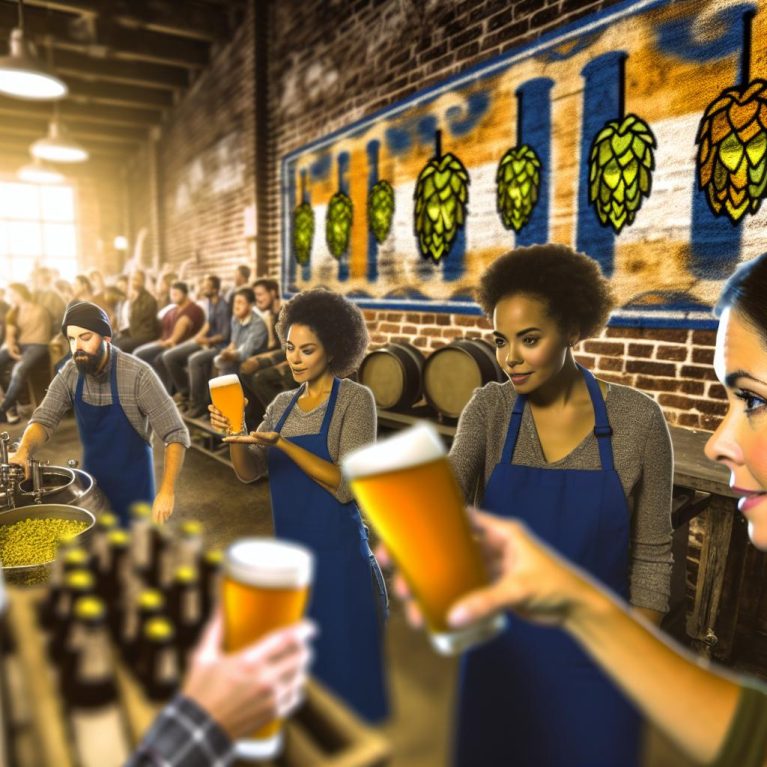The Role of Water in Craft Beer Brewing
Craft beer brewing is a complex interplay of art and science, with each step contributing distinctively to the beer’s flavor, aroma, and appearance. While hops, malt, and yeast often receive much attention, water stands as a critical yet sometimes overlooked element. Comprising approximately 90-95% of beer, water is pivotal in determining the style and quality of the end product. Understanding and managing water quality and composition is essential for brewing beer with the desired characteristics and flavor profiles.
Understanding Water Composition
Water is more than a simple H2O compound; it contains a range of minerals and ions that can significantly influence the brewing process. These components are essential as they interact with various elements of the brew. The primary constituents in water relevant to brewing include calcium, magnesium, sodium, sulfate, chloride, bicarbonate, and carbonate ions. Each plays a unique role in the brewing process.
- Calcium: Integral for yeast health, it aids in enzyme activities and promotes beer clarity and stability. It also impacts the pH of the mash and wort, influencing the overall brewing process.
- Magnesium: While necessary in smaller quantities, magnesium supports yeast metabolism and can add subtle flavors.
- Sodium: At appropriate levels, sodium can enhance beer’s sweetness and improve mouthfeel.
- Sulfate and Chloride: These ions are crucial in balancing flavor. Sulfate is known to accentuate hop bitterness, which is particularly desirable in IPAs, whereas chloride tends to enhance malt character, providing a fuller mouthfeel.
- Bicarbonate and Carbonate: Affect the mash pH and can lead to an alkaline taste if in high concentrations. These ions require careful management to avoid adverse effects on flavor and stability.
Impact on Beer Flavor and Stability
The composition of water can immensely affect the final flavor and stability of the beer. High levels of bicarbonate, for example, can cause undesirable alkaline off-flavors and influence beer clarity negatively. Conversely, a well-balanced sulfate to chloride ratio can shape the beer’s bitterness and maltiness attributes, critical to crafting diverse beer styles. Brewers often modify water profiles to complement specific beer styles. For instance, the brewing of a porter may demand different water chemistry than an India Pale Ale (IPA), accentuating specific flavors intrinsic to each style.
Water Treatment Techniques
To craft the ideal beer, brewers may employ several water treatment methods to fine-tune the water profile:
– Filtration: This process removes impurities and undesirable compounds from the water, helping ensure a clean starting base.
– Adjusting pH: Brewers may use acids or bases to adjust the pH level of the water to optimize the conditions for enzymatic activities during the mash.
– Mineral Additions: Breweries often add minerals such as gypsum (calcium sulfate) or calcium chloride to tailor the ionic composition of the water to suit the beer style.
– Carbon Filtration: This technique involves removing chlorine and chloramines from the water, which can inhibit yeast performance and result in off-flavors.
The Importance of Consistency
In the realm of craft beer, consistency remains the hallmark of quality. Given that water constitutes such a large proportion of beer, maintaining consistent water quality is vital for ensuring that each batch possesses the intended flavor and character. Consistent monitoring and adjustment of water quality are practices that brewers undertake to maintain the integrity of their products. Variations in water quality can lead to noticeable differences in the final product’s taste and stability, which can affect consumer perception.
In conclusion, the significance of water in the brewing process is profound. It influences every crucial aspect of the craft, from the technical brewing aspects to the subjective tasting notes. By understanding and manipulating water chemistry, brewers can significantly enhance the quality of their beer. They ensure that each sip meets the expectations of a balanced and harmonious craft experience. As the craft beer industry continues to flourish, with new styles and flavors emerging, the focus on water quality will remain indispensable to achieving brewing excellence. The precise control of water composition allows brewers to innovate while maintaining a connection to traditional brewing techniques, securing water’s pivotal role in the art and science of craft beer brewing.










